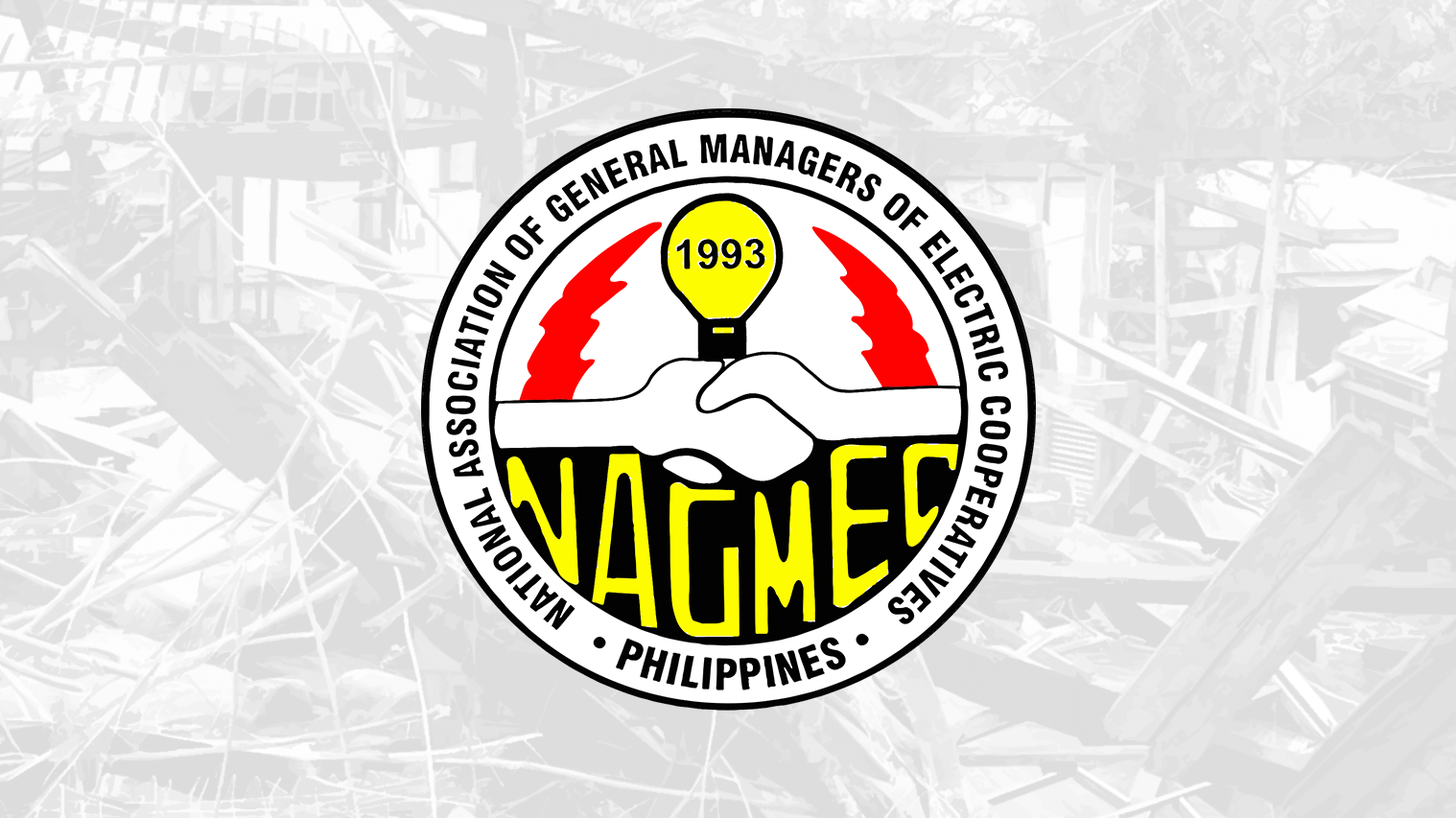With Typhoon “Ompong” battering Luzon and causing power outages in the region, the power restoration efforts of the National Electrification Administration (NEA) had received a huge boost with 14 Central Luzon electric cooperatives (ECs) extending assistance to NEA Power Restoration Rapid Deployment (PRRD) Task Force teams deployed to heavily-hit Cagayan province.
Reynaldo Villanueva, President of the Central Luzon Electric Cooperatives Association (CLECA), said that the Task Force, equipped with 20 utility vehicles and 18 boom trucks, went out to assist the Cagayan I Electric Cooperative, Inc. (CAGELCO I) and Cagayan II Electric Cooperative, Inc. (CAGELCO II) with the rehabilitation of damaged power distribution facilities. Repairs, Villanueva said, are expected to last a month.
Two of the largest EC groups in the country, the National Association of General Managers of Electric Cooperatives (NAGMEC) and the Philippine Rural Electric Cooperatives Association (PHILRECA), have also announced that they are ready to deploy additional teams “when the need arises.”
“ECs are ready to show to the President that his trust in us is fully deserved. We will work harder and faster in restoring electricity in affected areas.”
According to NAGMEC President Sergio Dagooc, “the vast network of ECs nationwide equips us with both the speed and capability to provide quick and quality service to areas affected by typhoons. ECs already have the expertise and manpower and are reliable partners in disaster relief efforts.”
More than just a mere slogan, PHILRECA’s “United We Stand, Divided We Fall,” according to PHILRECA’s General Manager Atty. Janeene Depay-Colingan, is a mantra that the Association and all member-electric cooperatives live by.
“Leaving their own families and facing the forces of nature is a sacrifice that the volunteers from the 14 electric cooperatives are willing to take for the success of the task force’s mission,” Atty. Colingan said.
In addition to this, PHILRECA President Presley De Jesus highlighted the importance of the long-standing “institutional links between ECs and the NEA,” stressing that “this cooperation between the government agency and countryside grassroots organizations such as ECs boost both electrification as well as repair and rehab efforts in mostly unserved and underserved areas.”
Both NAGMEC and PHILRECA heads expressed hope on the immediate finalization of the implementing rules and regulations (IRR) of Republic Act 11039, otherwise known as the Electric Cooperatives Emergency and Resiliency Fund Act, which was signed by President Rodrigo Duterte into law last June.
Under RA 11039, the government shall allocate an initial amount of 750 million pesos, taken out of the 7 billion-peso budget of the National Disaster Risk Reduction and Management Fund (NDRRMF), which will be released to NEA’s Quick Response Fund for smooth distribution to qualified electric coops.
“The President acknowledges, recognizes, and fully supports the plight of electric coops.”
NEA Administrator Edgardo R. Masongsong said the agency was ready to receive and allocate the fund once the IRR was in place.
PHILRECA’s de Jesus expressed optimism that RA 11039 “will further boost the abilities of ECs to be first responders and reliable service revivers in cases of power-related emergencies in the provinces.”
NAGMEC’s Dagooc, for his part, reiterated the power sector’s gratitude for President Duterte’s signing of the ECERF, saying “the President acknowledges, recognizes, and fully supports the plight of electric coops.”
“ECs are ready to show to the President that his trust in us is fully deserved. We will work harder and faster in restoring electricity in affected areas, and will likewise continue year-round with our mandated efforts at powering the countryside through people’s organizations such as ECs.”
The NAGMEC chief also emphasized that “this is one of the cornerstones of the Rural Electrification Program which the new aspiring entrant in the power sector could fully grasp – the need for a government counterpart in the cost of electricity service in the form of subsidies to make it affordable to most consumers.”
“They cannot brag about being independent of government assistance when, in fact, the rehabilitation of distribution lines and other assets is an annual occurrence due to adverse weather and natural calamities. Without government funds, their rates will skyrocket and consumers will bear the brunt.”


